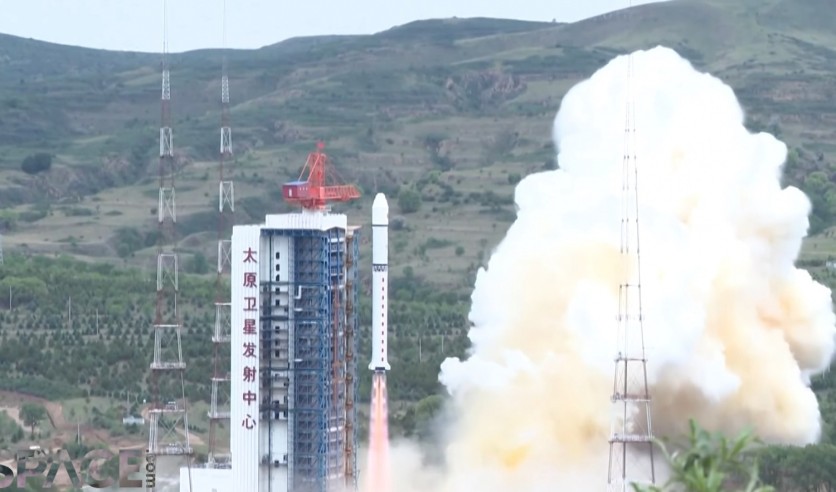China successfully freed four new satellites and a commercial asteroid "hunter" on Thursday, June 10 aboard the Long March 2D rocket.
The liftoff started at around 11:03 PM EDT (3:03 GMT or 11:03 Local Time) at its origin in Taiyuan Satellite Launch Center located in North China.
China Sends Long March 2D Rocket in Space

In a YouTube video uploaded by VIdeoFromSpace on June 11, the footage displayed the presence of white insulation tiles which would stabilize the fuel's temperature as China's Long March 2D rocket flew off.
Inside the mega rocket is Origin Space's Yangwang-1 spacecraft, which is known to house the country's "first optical space telescope. It is used for gathering the clear, ultraviolet light used to spot asteroids near the planet.
Furthermore, the company is also preparing for the development of the "treasure map" in space in hopes of discovering new space resources via Yangwang-1.
In the last two months, Origin Space has also released the NEO-1 satellite which is best at containing small asteroid remnants. Apart from space travel, the company shares that it also has some plans to explore the moon for the NEO-2 mission.
Aboard, Long March 2D rocket, three satellites, Hisea-2, TKSY01-TJ, and Beijing-3 were also launched last week.
What Are The Three Satellites Attached to Long March 2D?
For the first satellite, Hisea-2, DFH Satellite Co. has led its creation. The optical remote-sensing satellite is Xiamen University's tool when making observations on the marine ecosystem. Its predecessor, Hisea-1 was launched last December aboard the Long March 8.
The second satellite, TKSY01-TJ is said to be useful equipment for the People's Liberation Army Strategic Support Force( PLASSF). According to Xinhua, the state-sponsored media, this remote-sensing satellite would be used in universities in the future.
The third and last satellite, Beijing-3 will be primarily utilized as a delivery tool. It would also be used to run monitoring in the environment, as well as aiding for disaster prevention and reduction, and managing urban conditions.
For the space mission, the Shanghai Academy of Spaceflight Technology (SAST) has developed the Long March 2D rocket to house the four satellites.
This was the 17th orbital mission that China has accomplished this year. So far, the country is preparing for the launch of the Shenzhou-12 spacecraft on Wednesday, June 16 (EDT), Space.com reported.
On June 2, China's Fengyun-4B flew into orbit, as the state contractor said. The weather satellite was aboard the Long March 2B rocket which traced its starting point in Southwest China, specifically in Xichang Satellite Launch Center at around 12:17 PM EDT.
The satellite has joined the growing network of Fengyun satellites. In 1988, China released the first Fengyun machine, FY-1A to demonstrate its movement for a moment.
Related Article: China's State Media Responds to NASA, US Scientists Over Long March 5B's Plunge Near Maldives
This article is owned by Tech Times
Written by Joseph Henry
ⓒ 2025 TECHTIMES.com All rights reserved. Do not reproduce without permission.




